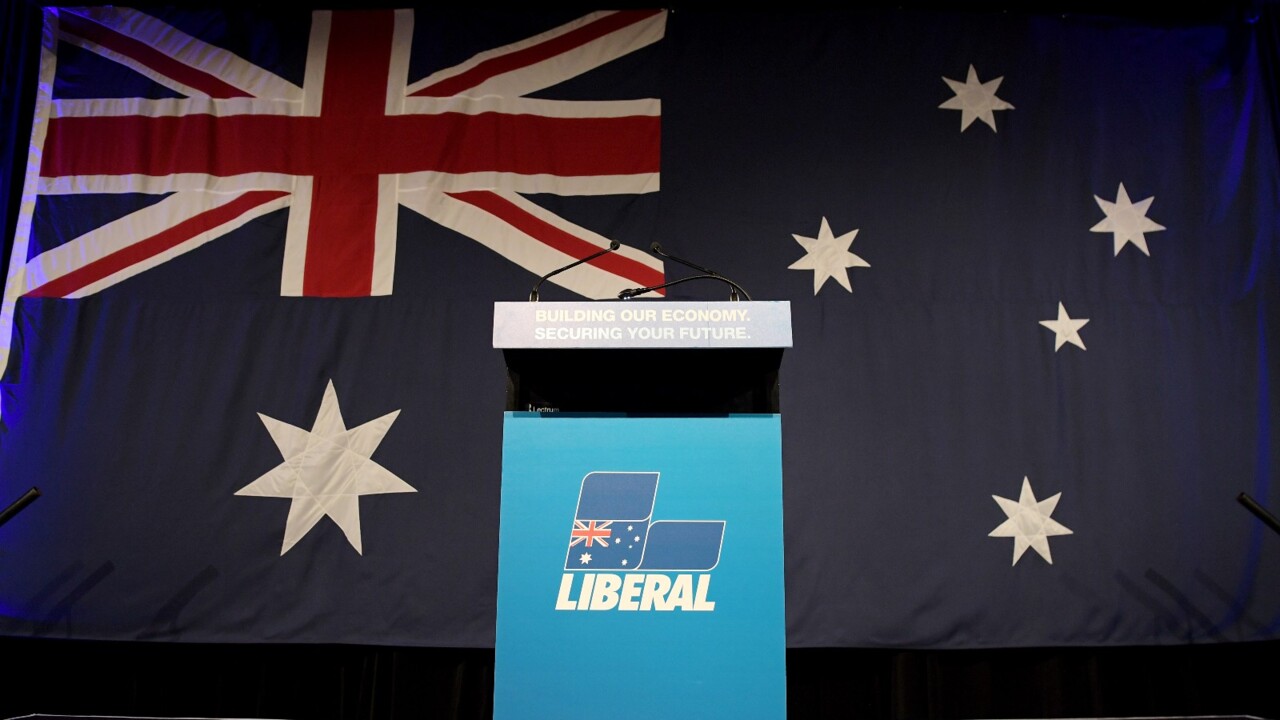Newspoll: Coalition ahead of Labor in NSW and Queensland
A state-by-state Newspoll demographic analysis shows the federal Coalition pulling ahead of Labor for the first time in NSW, while increasing its lead in Queensland.

The federal Coalition has pulled ahead of Labor for the first time in the key election battleground state of NSW and has increased its lead in Queensland as a virtual three-way contest emerges between the major parties and the Greens for younger voters.
While Labor still leads in Victoria and South Australia, the contest has tightened. But the Coalition has lost significant ground in Western Australia, which was the key to Labor’s 2022 election victory.
An exclusive state-by-state Newspoll demographic analysis shows the political contest tightening over the past three months, with Labor leading the Coalition on a reduced two-party-preferred vote of 51-49.
For the first time, the Coalition now also enjoys majority support among male voters, with the female vote still marginally favouring Labor. Peter Dutton has also pulled ahead of Anthony Albanese in Queensland as the preferred prime minister.
The results confirm a continuation of a trend that, if repeated at an election, would cost Labor its parliamentary majority and force it into minority government with independents. Based on the results, Labor could stand to lose two seats in NSW and potentially one in Queensland.
Labor has lost significant support among younger voters, the 18 to 34-year-old demographic, with its primary vote falling three points to 30 per cent, and shifting to the Greens, which has risen to 27 per cent.
The Coalition’s support among this younger group is also at 27 per cent, suggesting an almost evenly split three-way contest between the two major parties and the Greens for the youth vote, with climate change, rental affordability and the Gaza conflict featuring as key issues for this demographic.
Due to the preference flows on the left, however, Labor still maintained a strong, albeit slightly reduced two-party-preferred lead of 60-40.
The Coalition lifted support among the key 35 to 49-year-old demographic, with a six-point turnaround in the two-party-preferred support. Labor’s lead in this group was reduced from 56-54 per cent to 53-47 per cent.
The most significant move in the headline two-party-preferred contest on a mainland state-by-state basis is the increase in support for the Coalition in the largest state of NSW in the April to June quarterly analysis.
The Coalition’s primary vote lifted two points to 40 per cent for the first time, with Labor improving a point to 33 per cent.
The Coalition now leads Labor on a 51-49 per cent basis, having drawn level in the previous quarterly analysis conducted between January and March. It has also increased its lead in Queensland, with a two-party-preferred split of 54-46 per cent in favour of the LNP, compared to 53-47 in the previous survey period.
Support for Pauline Hanson’s One Nation Party rose significantly in Queensland from seven to 10 per cent but still remains strongest in South Australia, rising two points to 12 per cent.
The Coalition has also increased its primary vote in Victoria, up three points to 36 per cent to lead Labor on an unchanged 33 per cent. Greens preferences in Victoria have helped maintain Labors two-party-preferred dominance in the state, this has been reduced from 55-45 in the past survey to 54-46 per cent.
Support for independents in Victoria, including the teals, fell two points to 10 per cent.
In SA, the parties are tied at 34 per cent each on primary support, with Labor losing a point and the Coalition gaining a point. Again, this has reduced Labor’s two-party-preferred lead from 54-46 per cent to 53-47 per cent.
There has, however, been a significant turnaround in the Coalition’s fortunes in WA, where it previously led Labor 51-49 on a two-party-preferred basis. The Coalition’s primary vote fell from 39 per cent to 37 per cent, with Labor’s remaining stable at 34 per cent.
However, a significant rise in the Greens vote from 8 per cent to 11 per cent has produced a two-party-preferred lead in Labor’s favour of 52-48.
Both WA and SA represented small sample sizes in the survey compared to the other states.
Mr Albanese’s net approval ratings remained relatively unchanged nationally at minus six compared to minus eight in the previous survey.
He enjoyed improvements in Victoria but remained deeply in negative territory in Queensland with a net negative approval rating of minus 16.
Mr Dutton, however, also suffers from low approval ratings in Queensland of minus six, despite now leading Mr Albanese in the Liberal leader’s home state as the preferred prime minister for the first time.
The national average for Labor’s primary vote was 33 per cent compared to 38 per cent for the Coalition. This reflected a single-point increase for the Liberal/Nationals and an unchanged position for Labor.
The quarterly analysis was based on Newspoll surveys between April 15 and June 26 with 4957 voters throughout Australia interviewed online. Individual state sample bases range from 368 to 1567 voters.




To join the conversation, please log in. Don't have an account? Register
Join the conversation, you are commenting as Logout